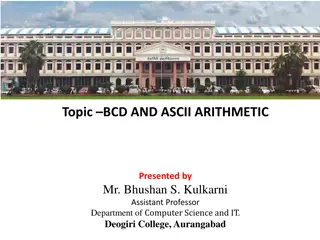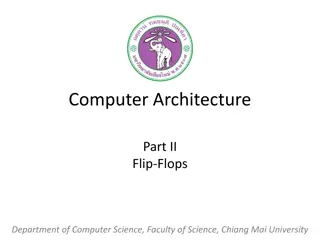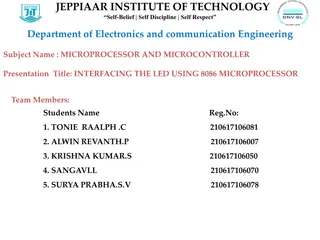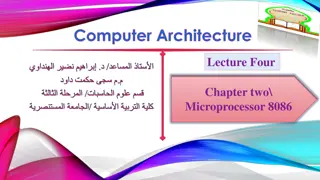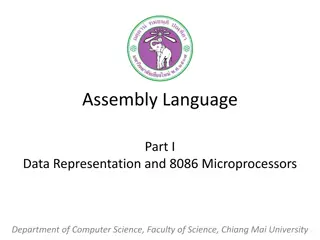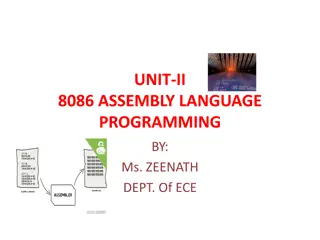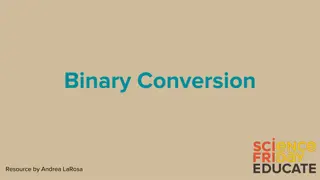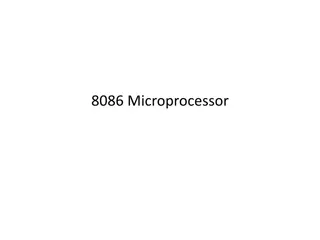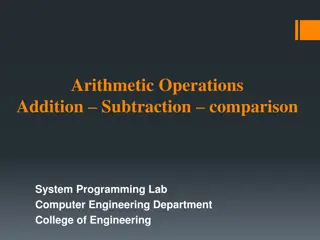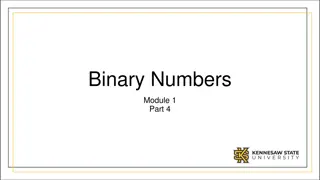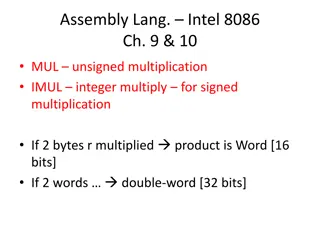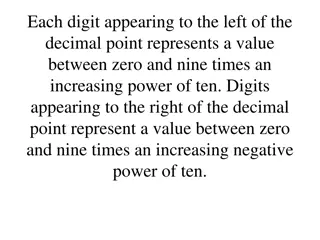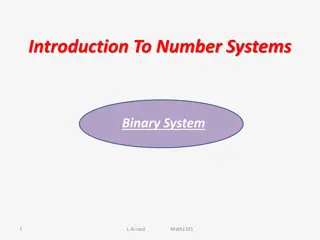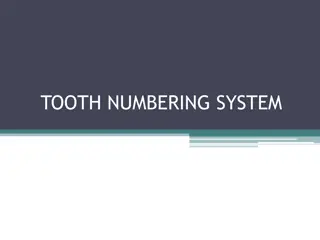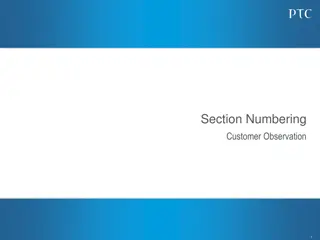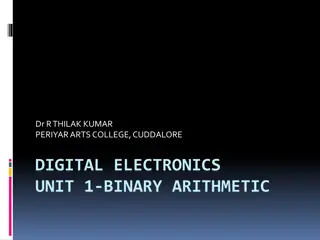8086 Architecture and Binary Numbering System
Explore the fundamentals of 8086 architecture and binary numbering system. Delve into how computers interpret binary digits, the significance of bits, nibbles, bytes, words, and double words, and the conventions for denoting binary numbers. Learn binary addition and subtraction with examples.
Download Presentation

Please find below an Image/Link to download the presentation.
The content on the website is provided AS IS for your information and personal use only. It may not be sold, licensed, or shared on other websites without obtaining consent from the author.If you encounter any issues during the download, it is possible that the publisher has removed the file from their server.
You are allowed to download the files provided on this website for personal or commercial use, subject to the condition that they are used lawfully. All files are the property of their respective owners.
The content on the website is provided AS IS for your information and personal use only. It may not be sold, licensed, or shared on other websites without obtaining consent from the author.
E N D
Presentation Transcript
Lab 1 Lab 1 Numbering Numbering System 8086 8086 architecture architecture Emulator Emulator 8086 System 8086
Binary System Computers are not as smart as humans, it's easy to make an electronic machine with two states: on and off, or 1 and 0. Computers use binary system, binary system uses 2 digits: 0, 1 And thus the base is 2.
Binary System Each digit in a binary number is called a BIT, 4 bits form a NIBBLE, 8 bits form a BYTE, two bytes form a WORD, two words form a DOUBLE WORD.
Binary System There is a convention to add "b" in the end of a binary number, this way we can determine that 101b is a binary number with decimal value of 5.
SUB in Binary System ADD in Binary System 0-0=0 1-0=1 0+0=0 1+0=1 0+1=1 0-1=1 borrow 1 1-1= 0 1+1= 0 carry 1 EX: 1011b -1010b=0001b EX: 1011b +1010b 1011b+1111b 1100b-1011b=0001b




